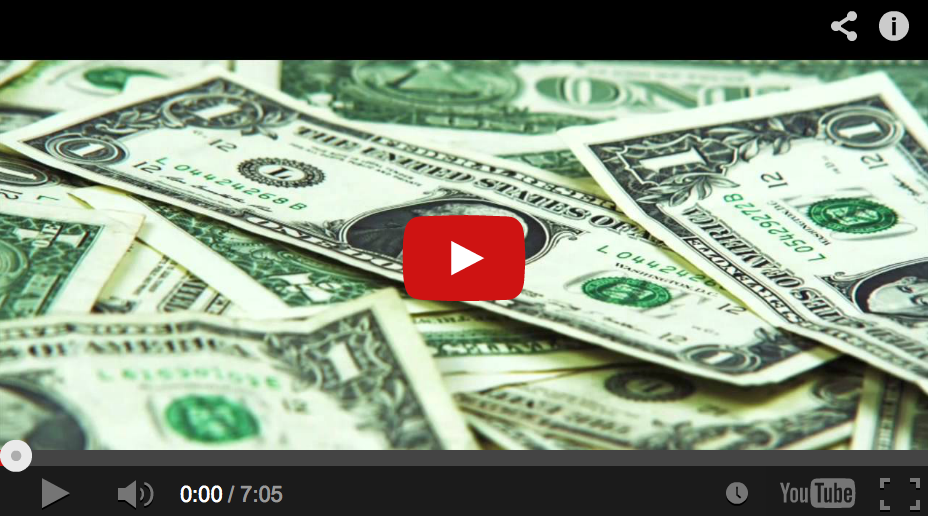The world is at a historical crossroads. A shift in the global financial power balance is quietly unfolding – a development that could revolutionize international transactions and reshape our economic future. Much of the world now supports de-dollarization, a process set to redefine the global economy. Though its evolution will be gradual rather than a cataclysmic “big bang,” we cannot underestimate its profound implications.
US Dollar: The Dominant Global Currency
Since time immemorial, the US dollar has been the global economy’s linchpin. The American currency’s international transaction use has, for many decades, remarkably outpaced the country’s economic share, currently around 24%. For instance, according to IMF reports, by the end of 2002, the dollar constituted a staggering 58.4% of international reserves held by central banks. As recent as April 2023, data from SWIFT revealed the Greenback’s share of interbank transfers at a whopping 59.7%, a substantial uptick from the previous year.
Contributing to this economic hegemony are numerous factors. The expansive and dynamic nature of the American economy, the United States’ global political influence, and the prominent role of US multinationals in global markets have woven a resilient fabric supporting dollarization. Indeed, even the 2008-2009 global financial crisis, born within the bowels of the US economy, left the dollar’s global standing unscathed.

Shaking the Dollarization Foundations
However, recent political and economic developments have cast doubts on the unassailable advantages of dollarization. The West’s freezing of Russia’s central bank assets, coupled with financial sanctions against Russian banks and companies, has underscored the non-economic risks associated with dollar transactions. Central banks worldwide have had a rude awakening, realizing that dollarized assets might be a double-edged sword.
Case in point, Article 21 of the 2004 UN Convention on Jurisdictional Immunities of States and their Property, which ostensibly ensures central bank asset immunity, fell short of shielding Russia’s bank assets from a frosty freeze. This unprecedented action has set an alarming precedent. Understandably, Russia’s reaction has been swift and decisive. From 2023, its Central Bank started conducting operations in Chinese yuan. Russian businesses are also restructuring their foreign-trade operations and foreign asset accumulation, favoring currencies from more “friendly,” mainly non-Western, nations.
Slow Shift Away from the Dollar
Notably, there hasn’t been a mass exodus from the US dollar usage among central banks. Indeed, while the dollar’s international reserves share has been on a slow decline over the past few decades, the pace is hardly alarming. For instance, from approximately 70% of global central bank reserves held in US dollars in the early 2000s, this figure had shrunk to less than 60% by 2020. Interestingly, the dollar reserves saw no drastic dip in 2022.
Unlock the ex-CIA scientist’s secret to activate your ‘Third Eye’ and manifest quick riches!
But can viable alternatives to the dollar be found? This has proven to be a conundrum. Despite evident political risks, the lack of substantial, attractive alternatives that can absorb significant central bank savings is the persistent obstacle. For central banks and private players alike, foreign exchange reserves’ conventional role is to ensure financial stability and risk diversification. However, these assets are highly liquid and highly vulnerable to sanctions while delivering low yields.
For instance, the Eurozone’s government bond market is split into individual countries, with many possessing less than stellar credit ratings. The Chinese yuan, on the other hand, is not freely convertible and is under stringent control by China’s National Bank. Gold, although a reliable hedge during crises, doesn’t generate interest income and suffers from low liquidity. The question then is, which assets – and in which currency – could substitute the US dollar-held assets?
Many central banks are exploring non-traditional forms of wealth storage. Beyond gold and foreign exchange reserves, foreign direct investment by government structures, sovereign wealth funds, state banks, development institutions, and other structures offer potential alternatives.
China’s Strategy for Yuan Internationalization
Take China, for instance. Despite the yuan’s meager share in central banks’ international reserves, the country is making strides in “internationalizing” its currency. A significant portion of this demand is supplied by the Bank of Russia. Through trade, rather than investment, China is securing the yuan’s international status. This strategy includes incentivizing trade partners to use the yuan over other currencies, developing infrastructure, an analogue to the SWIFT system, currency clearing, and offering international loans in its currency.
Must See –> Massive Cyber Attack Warning: Russian Hackers Penetrate US Health Department
There’s a slow but sure shift in the winds. The de-dollarization of the global financial system is underway, accelerated by advancements in financial technology and the development of automated trading platforms. As a result, central banks can exchange currencies without using Western nations’ currencies.
Central banks’ digital currencies might become a viable tool for international transactions, promising reduced costs for economic agents. However, this evolution will be a slow process, and we should not anticipate a seismic shift in the global financial system in the near future.
The landscape of the global economy is indeed changing, slowly but surely. Though the US dollar’s dominance remains unchallenged for now, the tremors of de-dollarization are becoming increasingly palpable. The economic world order as we know it is transforming, and all stakeholders must stay attuned to these shifts. But let’s remember, change is the only constant, and this new chapter in our global economy could very well be the start of an exciting economic revolution.





